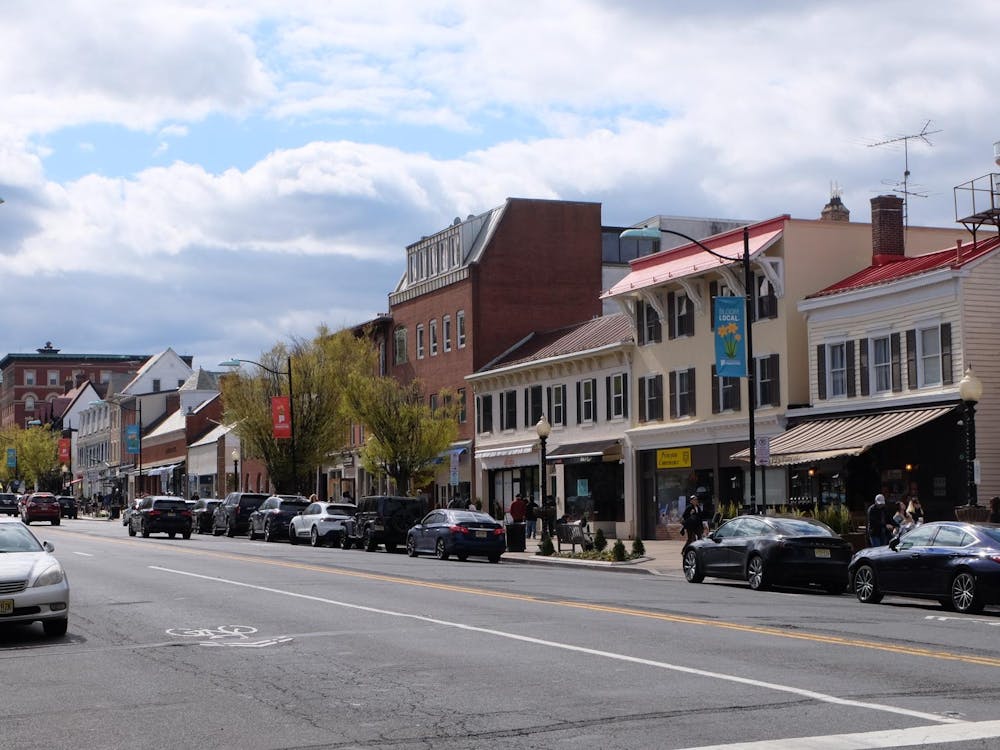This year, Princeton received 3,547 early-action applications, and Harvard received 4,245. The shift by the two universities created a ripple effect across the Ivy League, admissions experts said, most notably at Yale and Columbia.
Yale’s early-action numbers dropped 18 percent from last year to 4,310 applicants. In an interview with the Yale Daily News, Dean of Admissions Jeffrey Brenzel alluded to Princeton and Harvard’s decision as a factor in the decline.
“Though it is impossible to identify all of the factors that influence early-admissions numbers, it is clear that the policies this year are allowing students to sort themselves out more among schools,” he said.
At Columbia, applications dropped 5.7 percent from 2010 numbers to 3,088. At the University of Pennsylvania, applications dropped about 1 percent to 4,526. Stanford University’s applications dropped less than 1 percent to 5,880. The Massachusetts Institute of Technology also saw a decline of 4.7 percent to 6,102.
However, the decline was not universal across Princeton’s peer schools.
Dartmouth had a record number of early-decision applicants, up 2.1 percent to 1,791. Brown saw an increase of 5.5 percent to 2,904, and Cornell saw an increase of 3.7 percent to 3,609.
Duke saw a 30 percent increase in early-decision applicants to 2,716 students. Johns Hopkins saw an increase of about 8 percent to 1,440 applicants.
“Applicants are now spread over more schools, with Harvard and Princeton,” college consultant Michele Hernandez said in an interview with The Dartmouth. “The numbers are stabilizing but are still historically the highest. They can’t go up much more.”
Princeton applicants will receive admission decisions through the mail and online on Dec. 15. They will then have until May 1 to decide whether to matriculate.








